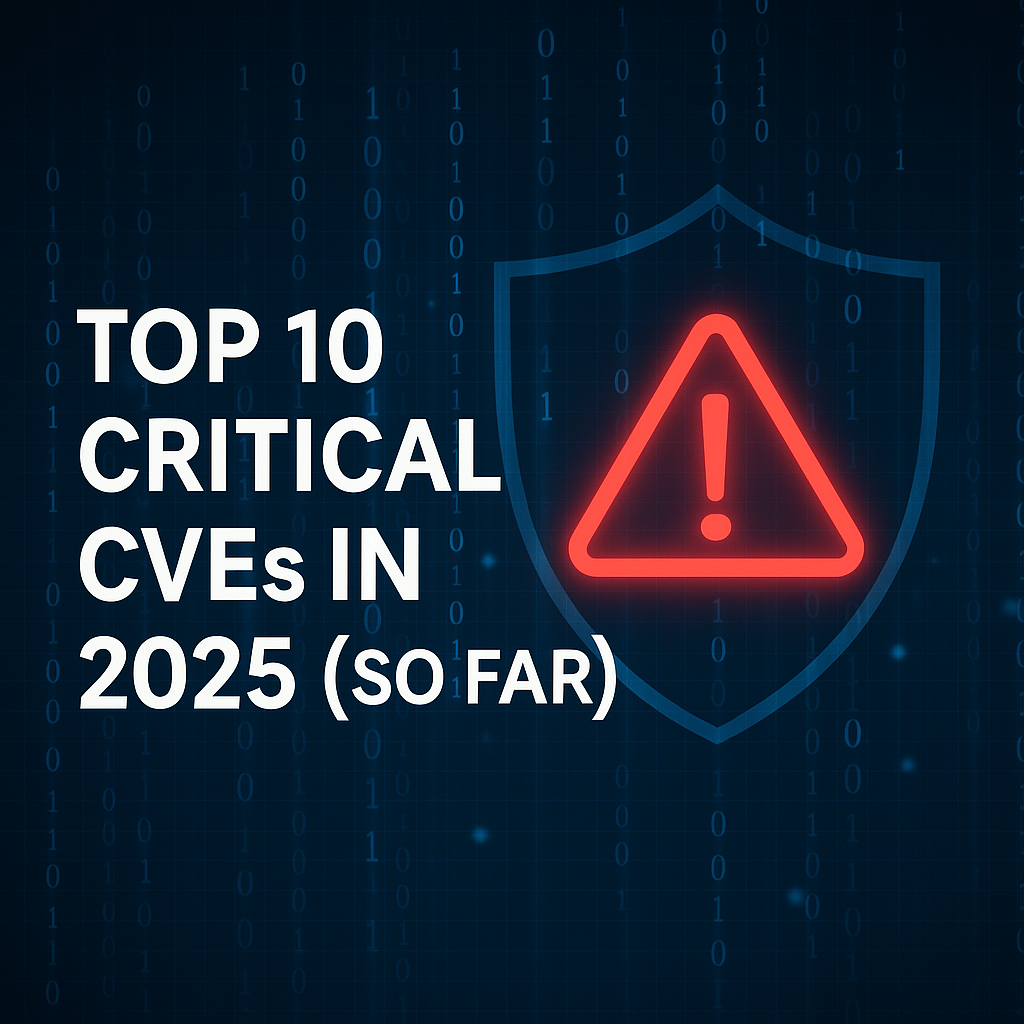Cybersecurity Vulnerabilities: Navigating the 2025 Landscape
Understanding the evolving threat landscape and how to protect your organization













As we navigate through 2025, the cybersecurity landscape is more perilous than ever. With a staggering rise in disclosed vulnerabilities, organizations must remain vigilant against evolving threats.
The Surge in Cyber Vulnerabilities
In 2024 alone, over 30,000 vulnerabilities were disclosed, marking a 17% increase from previous years [2]. This surge reflects the growing complexity of cyber threats as attackers refine their tactics.

Key Vulnerabilities to Watch
Among the critical vulnerabilities identified in 2025, several Common Vulnerabilities and Exposures (CVEs) stand out. These include remote code execution flaws and authorization bypass issues that can severely compromise systems [4].
For instance, CVE-2020-35848 has been flagged as a significant risk, allowing attackers to exploit NoSQL injection vulnerabilities through password reset functionalities. Organizations must prioritize patching these vulnerabilities.
The Impact of Remote Work and Cloud Adoption
The shift towards remote work and cloud services has expanded the attack surface for cybercriminals. With more endpoints and data flows, organizations are increasingly vulnerable to targeted attacks [2].
As highlighted in a recent report, the integration of cloud technologies has made it crucial for businesses to adopt robust security measures to mitigate risks associated with remote access and data storage.

Staying Ahead of Cyber Threats
To combat these evolving threats, organizations must invest in advanced cybersecurity measures. This includes threat intelligence sharing, continuous monitoring, and employee training to recognize phishing attempts and other social engineering tactics [3].
Moreover, adopting a proactive approach to vulnerability management can significantly reduce the risk profile of an organization. Regular audits and timely updates are essential to maintaining a robust security posture.
